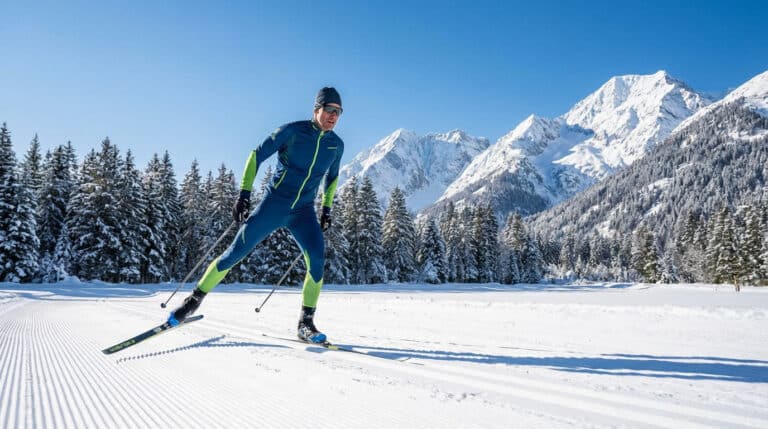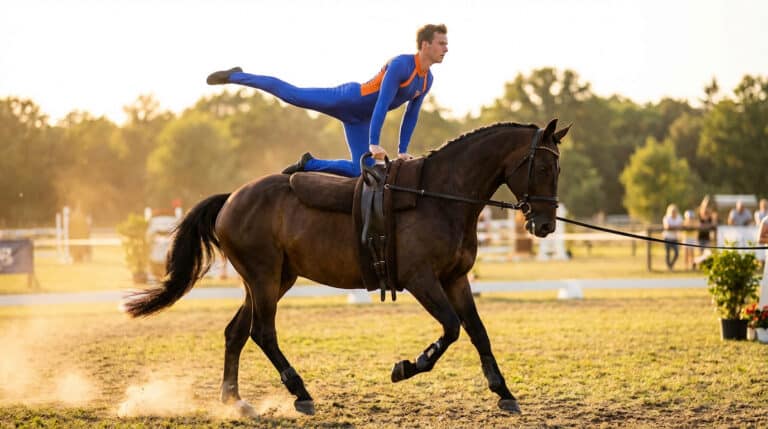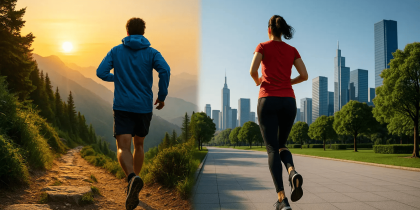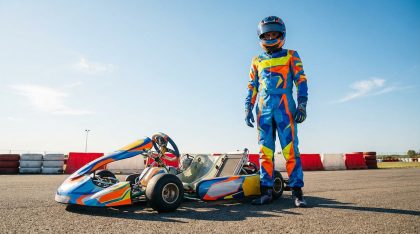Choosing the Right BMX Equipment
Selecting the Best BMX Bike for Your Style
Picking the right BMX bike is key for both safety and performance. Depending on whether you’re into BMX race, street, park, or dirt riding, choose a model that fits your size, skill level, and purpose. Most BMX bikes come with a 20-inch frame, but race bikes tend to be lighter and designed for speed and agility.
- Race bikes: Lightweight frames, responsive steering, perfect for track use.
- Freestyle bikes: Sturdier frames with pegs for tricks.
- Street/park bikes: Reinforced parts for jumping and grinding.
Top brands include GT, Mongoose, Haro… Whether you’re buying new or used, always check stock availability, product reviews, and best prices before placing an order.
Must-Have Protective Gear for Safety
A complete BMX gear kit for full protection includes:
- CE-approved helmet (full-face or open-face depending on your riding type)
- Knee pads, elbow pads, and shin guards
- Gloves with a strong grip
- Protective shorts and chest/back protectors
- Shoes with good pedal grip for race and freestyle
Using the right safety equipment can prevent injuries during crashes or high-speed impacts. BMX is an extreme cycling sport — don’t ride without proper protection.
Understanding BMX Risks and Why Protection Matters
Whether you’re racing on a track or pulling tricks at the skate park, BMX riding carries real risks: falls, collisions, sprains, fractures. Riders often experience injuries to the head, knees, wrists, and ankles. A high-quality helmet and full protective gear significantly reduce danger.
It’s also smart to have BMX insurance that covers medical bills, equipment damage, and public liability in case of accidents.
Useful Accessories for Better Performance
Take your riding to the next level with key BMX accessories:
- Pegs for tricks and grinds
- Magazines and BMX books to stay updated
- Stickers, custom saddles, and coloured chains for personalisation
- Bike locks, multi-tools, and hydration bottles for convenience
- LED lights, wax for ledges, and cool riding clothing (BMX shirts, caps, gloves)
These accessories not only add safety and comfort but also boost style and self-expression.
Mastering Basic Riding Skills
BMX Start Techniques and Cornering
In BMX racing, mastering the gate start is critical. A fast start gives you a big edge. Focus on:
- Maintaining balance at the gate
- Keeping one foot slightly forward
- Timing your reaction for max propulsion
Use apps or Bluetooth helmets to time starts and review technique. Practise balance, speed bursts, and pedal control.
Cornering is all about flow and control. Learn to lean into curves, pump through transitions, and avoid over-braking.
Competition Rules and Riding Etiquette
In BMX competitions, understanding race rules helps you avoid penalties:
- Qualifying heats determine final placement
- No overtaking dangerously or blocking other riders
- Use number plates for identification
Always show respect to other riders, marshals, and spectators. BMX is about skill — not aggression.
Why BMX Insurance is Essential
Even experienced BMX riders face unpredictable crashes. From broken parts to hospital stays, costs can skyrocket.
BMX insurance helps cover:
- Medical treatment and ambulance fees
- Repatriation and hospital stays abroad
- Income loss due to injury
- Damage to bikes or accessories
Whether you race in the UK or travel internationally, having a BMX-specific policy is smart.
Finding the Right Place to Train
Joining a BMX Club or Practising Solo
BMX clubs across the UK (London, Manchester, Birmingham) offer:
- Coaching for beginners and pros
- Access to well-maintained race tracks and ramps
- Events, meetups, and competitions
- Gear rentals and bike maintenance workshops
No club near you? Set up solo sessions:
- Practise in bike parks, skateparks, or smooth trails
- Use YouTube, training books, or BMX apps
- Track your progress with a GoPro or training journal
Getting Started with Competitions
Start with beginner-friendly local events or regional qualifiers. These give you:
- Experience under pressure
- A chance to meet other BMX riders
- Real-time feedback on your racing technique
Before race day:
- Double-check your bike frame, brakes, and tyres
- Secure your number plate and protective gear
- Warm up and stay hydrated
Maintenance Tips and Customisation Ideas
Keeping your BMX bike in peak condition is key. Regularly inspect and maintain:
- Chain and drivetrain – clean and lube often
- Wheels and tyres – check for wear, adjust pressure
- Frame and forks – look for cracks or loose bolts
- Brakes – test grip and alignment
- Pedals and grips – replace when worn
Customisation ideas to stand out:
- Swap in coloured chains, spoke guards, or pads
- Install lighter wheels for faster race performance
- Add personal decals or branded gear
- Try different handlebar heights for comfort
Ready to Ride?
Whether you’re into BMX race, freestyle, or just discovering the sport, starting with the right bike, gear, and training path is essential. Choose your frame, optimise your setup, and explore BMX parks across the UK.
Connect with clubs or practise on your own with training resources. Don’t forget to check insurance coverage before racing or performing tricks.
Strap on your helmet, lace your BMX shoes, and ride into the world of high-speed cycling, adrenaline, and fun!
Protect yourself with custom insurance for BMX and extreme sports at AssureTonSport.com






